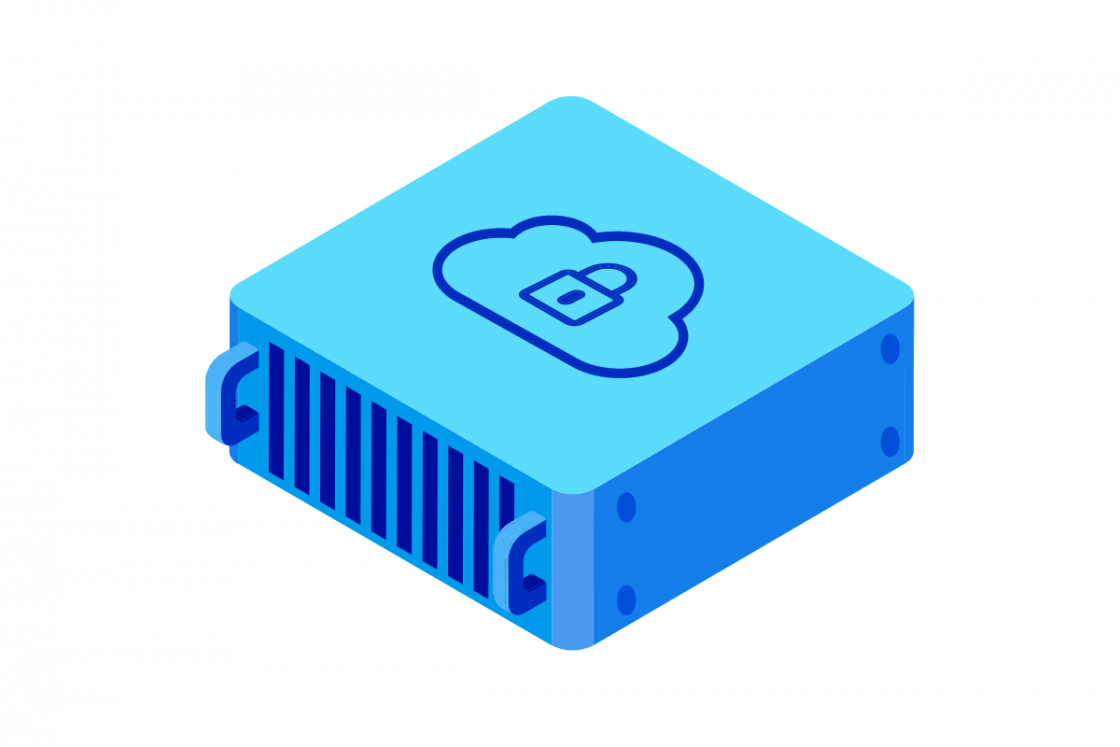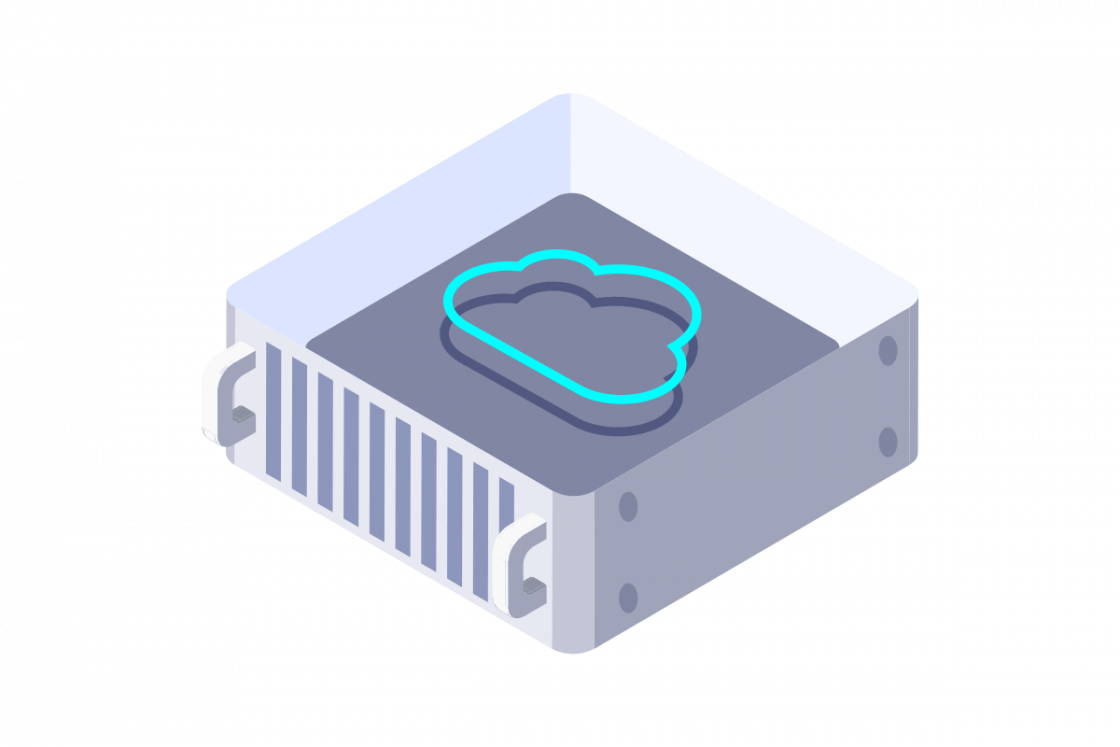What is IPv6?
With the proliferation of connected devices and the constant evolution of uses on the web, network infrastructure must adapt. This is where IPv6 comes in, the new version of the internet protocol, designed to gradually replace IPv4. Designed to meet current and future technical challenges, this protocol paves the way for a new era of connectivity.

What is an IP address?
Each device connected to the Internet (e.g. computer, smartphone, server) uses an IP address to identify itself and communicate with others. This address works a bit like a phone number, but for networks: it lets you know where to send data and from where it comes.
IP addresses are assigned to each network connection and follow specific rules defined by what is called the IP protocol. This protocol organizes exchanges between all connected devices.
For a long time, version 4 of this protocol, called IPv4, was used. However, it has finally shown its limits, particularly in the face of the massive rise in digital usage.
Why did IPv6 appear?
The saturation of IPv4 addresses
Deployed in the 1980s, IPv4 is based on a 32-bit addressing system, limiting the total number of unique addresses to around 4.3 billion. While that number seemed sufficient at the time, it quickly fell short of the massive growth of connected devices, such as smartphones, computers, IoT, industrial equipment, and more.
To overcome this limitation, solutions such as Network Address Translation (NAT) have been put in place, allowing multiple hosts (or devices) to use a single public address. While this approach has temporarily optimized address space, it has also introduced performance, routing, and direct communication constraints between systems.
The challenges for modern networks
Today’s networks need to handle an unprecedented amount of data, ensure smooth connectivity between billions of devices, and ensure secure trade. These requirements exceed the technical capabilities of IPv4.
IPv6 was designed to meet these new needs. Standardized through several RFC documents (Request for Comments, official technical publications of the IETF), it is based on a more flexible architecture, an extended addressing format and integrated mechanisms adapted to the challenges of the modern web. It enables more efficient communication, simplified routing, and better support for current and future internet services.
The IPv6 format
A longer, structured address
The main change introduced by IPv6 concerns the size of the addresses. While IPv4 uses 32-bit addresses, IPv6 uses a 128-bit format, which generates an almost unlimited number of addresses: around 340 sextillion.
To make it easier to read, an IPv6 address is written in eight groups of four hexadecimal characters, separated by colons. Here are a few examples:
2001:0db8:85a3:0000:0000:8a2e:0370:7334
This organization allows you to integrate various pieces of information that are useful for the network to work:
- a routing prefix, which indicates the origin or destination of the address;
- an interface identifier, often calculated automatically from the device’s MAC address;
- and technical fields, used locally to ensure connectivity.
This structure makes IPv6 easier to route data, automatically configure addresses, and accurately manage devices connected to the same network.
The different types of addressing
IPv6 offers different types of addresses, each adapted for a specific use, to make communication more efficient:
- Unicast: The information is sent to a single identified device on the network.
- Multicast: Data is transmitted to several devices at once, grouped into a receiving group.
- Anycast: The message is sent to a set of devices sharing the same address, but only the nearest one (in a network direction) receives it.
These transmission modes reduce the amount of data exchanged, reduce the load on networks and optimize the quality of service, particularly in complex or distributed systems such as online services.
What are the benefits of IPv6?
IPv6 is not just a technical evolution, it is a response to the fundamental limits of IPv4 protocol. With its new addressing format, modernized routing mechanisms, and architecture built for today’s networks, it brings major improvements to the way data travels on the Web.
Here is a brief overview of the main differences:
| Criteria | IPv4 | IPv6 |
| Address size | 32 bits | 128 bits |
| Number of addresses | 4,3 billion | ~340 sextillions |
| NAT | Necessary | Not needed |
| Configuration | Manual or DHCP | Auto-configuration (SLAAC) |
| Security | Optional | Integrated (IPsec) |
| Routing | Complex | Optimised |
| Addressing types | Unicast, Broadcast | Unicast, Multicast, Anycast |
An almost infinite address space
With its 128 bits, IPv6 allows unique addresses to be assigned to each device, without conflict and with no need for address translation (NAT). This ensures that equipment is identified directly and simplifies large-scale network management, while providing sufficient address space for future use.
Simplified configuration
IPv6 allows interfaces to be self-configured through mechanisms such as Stateless Address Autoconfiguration (SLAAC), which allows a device to automatically assign itself an address without resorting to an external server. Hosts can then generate their own address from the network prefix and their local ID, often based on the MAC address.
Integrated security
Unlike IPv4, where security is based on additional solutions, IPv6 natively integrates the IPsec protocol. This system encrypts communications, guarantees their integrity and authenticates exchanges. The result is better data confidentiality, from the network layer onwards.
More efficient routing
The IPv6 architecture reduces the size of routing tables and facilitates the creation of more structured subnets. With anycast and multicast mechanisms, packets (or blocks of data transmitted over the network) are routed more efficiently, improving overall performance while reducing the load on networks.
IPv6 in practice: what you need to know
In addition to the technical aspects and network benefits, there are some practical points that need to be clarified to better understand how IPv6 fits into your digital environment on a daily basis.
IPv6 is enabled by default on most systems
Most newer operating systems (Windows, macOS, Linux, Android, iOS) support IPv6 with no particular configuration. You can usually check your device's network settings for an IPv6 address, or run commands like ipconfig, ifconfig, or ip a.
IPv6 takes precedence when available
In environments where IPv4 and IPv6 coexist (dual stack mode), modern systems prefer the IPv6 version by default. This approach enables smoother communication, minimizes dependencies on NAT, and improves DNS resolution through AAAA records.
A positive impact on web browsing
With more direct routing and the removal of NAT, IPv6 can often reduce latency. This benefits online games, streaming services and cloud platforms, among others. Some infrastructure, such as CDNs, even optimize their performance via IPv6.
IPv6 is compatible with the latest internet boxes
Many Internet Service Providers (ISPs) now offer IPv6 support, which can be activated via your box’s administration interface. Once in service, the address is automatically assigned to devices on the network via SLAAC or DHCPv6, depending on the configuration you choose.
How do I activate IPv6 on OVHcloud?
On OVHcloud internet access, an IPv6 address is usually enabled by default, without any intervention being required. However, it is useful to check whether it has been enabled, and how you can modify it if you need to, particularly if you are using a specific device or would like to disable the option manually.
Here's how to view and adjust this setting via the OVHcloud Control Panel:
- Log in to the OVHcloud Control Panel and click Telecom.
- Go to the Web offers section, then select the plan concerned.
- Click on the My access tab, then go to the IPs section.
- Check that the IPv6 box is enabled.
If the IPv6 line is ticked, your address is already active. Otherwise, simply tick the box to activate it.
Warning: If you are using an OVHcloud modem, enabling or disabling IPv6 will result in a modem reset. Be sure to back up your configuration beforehand if you administer the device remotely.
To go even further customizing your network configuration, OVHcloud also allows you to add an additional IP , which is useful for separating services or deploying multiple instances on the same server.
OVHcloud services compatible with IPv6
IPv6 is fully integrated into the OVHcloud solution. Whether you are looking to host a website, manage a domain name or deploy a server infrastructure, several services are already ready for this modern protocol.

Web hosting
Publish your websites with native IPv6 connectivity, without complex configuration. With an OVHcloud Web Hosting plan, you get modern addressing that is adapted to today’s performance, routing and security needs.

Domain name
Reserve a domain name and manage its DNS settings directly from your customer space. You can add an IPv6 address using an AAAA record, to make your website accessible via the IPv6 protocol.

OVHcloud VPS
Deploy a virtual private server with integrated IPv6 support. Get flexible addressing, the ability to add additional IPs, and an optimized environment for hosting modern applications.